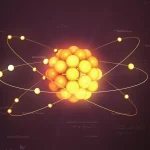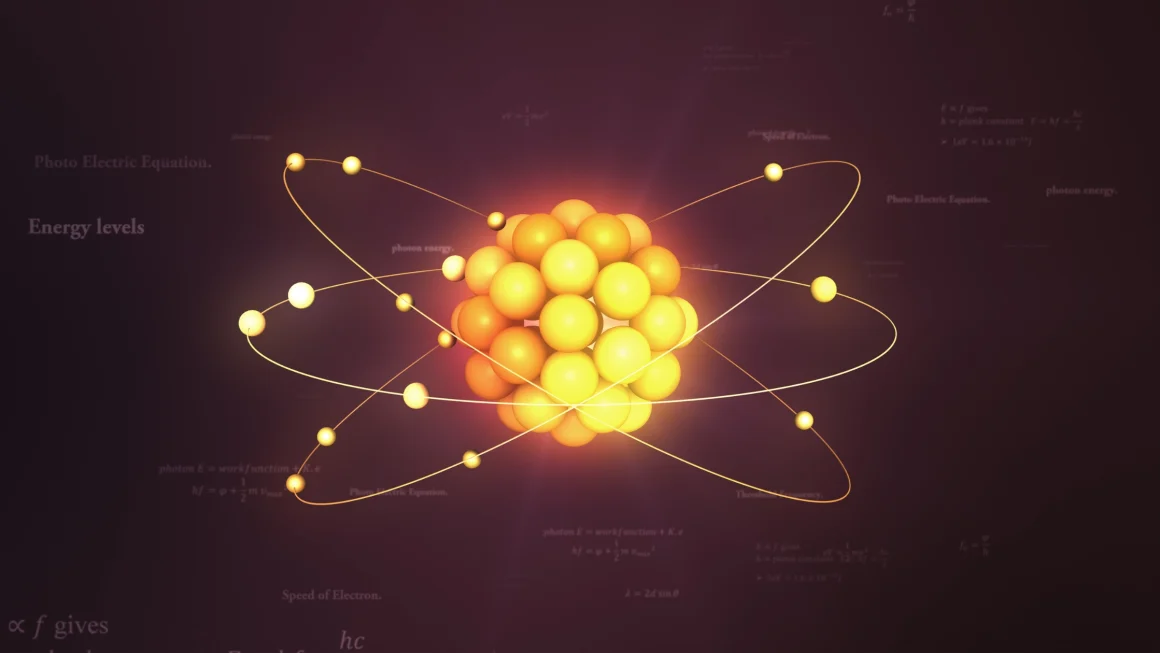Numbers have a strange way of pulling us in. Some are small and familiar — 5 fingers, 7 days in a week. But then there are numbers so big, they almost feel magical.
If you’ve ever heard a news anchor say the word “trillion” while talking about a national budget or the cost of a massive project, you might have paused and thought: what comes after trillion? This curiosity is natural. After all, numbers are part of how we measure the world, and when one number ends, another begins.
In this article, we’re going to travel far beyond the trillion mark. We’ll meet quadrillions, quintillions, and numbers so huge they defy imagination. Along the way, we’ll discover where these names come from, why they matter, and how they shape our understanding of everything from economics to the stars above.
Why We Wonder What Comes After Trillion
Human beings have always wanted to measure things — to count, to compare, to record. Thousands of years ago, counting sheep or sacks of grain was enough. As societies grew, we counted larger things: ships, armies, gold coins.
With each leap in civilization, our need for bigger numbers grew. The million was once enormous. The billion was once unimaginable. And then came the trillion, a number so huge it seemed almost impossible to reach — until modern economics and science made it common.
Today, governments talk about trillions as if they were everyday amounts. Data scientists deal with trillions of bytes of information regularly. And so, naturally, we start to ask: If we can reach a trillion, what comes next?
Understanding Large Numbers – A Brief History
Large number naming is relatively new in human history. Ancient civilizations had words for big numbers, but they rarely needed anything beyond a few thousand. The ancient Greeks used the term “myriad” for ten thousand, which was already a big number in their world.
The real explosion in naming large numbers came during the Renaissance. European mathematicians developed systems to name increasingly large quantities — million, billion, trillion, quadrillion, and beyond.
Interestingly, not every country agreed on what these terms meant. In the “long scale” system, used historically in Europe, a billion meant a million million. In the “short scale” system, used in the United States and now most of the world, a billion is a thousand million. Today, when we talk about what comes after trillion, we’re using the short scale — meaning quadrillion is a thousand trillion.
The Scale of Trillion in Real Life
And so, naturally, we start to ask: If we can reach a trillion, what comes after trillion in both name and number?
- Counting: If you counted one number every second without stopping, it would take you over 31,000 years to reach one trillion.
- Distance: A trillion inches would stretch more than 15.8 million miles — that’s more than 600 trips around the Earth.
- Money: A stack of trillion $1 bills would reach about 68,000 miles high, nearly a third of the way to the Moon.
If trillion already feels beyond comprehension, the number after it — quadrillion — is mind-blowing.
What Comes After Trillion – The Name and the Concept
Here’s the answer: quadrillion.
In the short scale system, the sequence goes:
- Million – 1,000,000 (10⁶)
- Billion – 1,000,000,000 (10⁹)
- Trillion – 1,000,000,000,000 (10¹²)
- Quadrillion – 1,000,000,000,000,000 (10¹⁵)
So when we ask what comes after trillion, the direct answer is quadrillion — a number with one followed by 15 zeros.
And yes, the names keep going: quintillion (10¹⁸), sextillion (10²¹), septillion (10²⁴), and so on.

The Road to Quadrillion and Beyond
Quadrillion might sound like a word invented for a science fiction novel, but it’s very real. While most people will never deal with such large numbers in daily life, certain fields need them.
After quadrillion comes:
- Quintillion – 1 followed by 18 zeros
- Sextillion – 1 followed by 21 zeros
- Septillion – 1 followed by 24 zeros
- Octillion – 1 followed by 27 zeros
- Nonillion – 1 followed by 30 zeros
- Decillion – 1 followed by 33 zeros
Mathematics allows us to name numbers far beyond these, including googol (10¹⁰⁰) and even googolplex (10^(10¹⁰⁰)), though these are mostly theoretical. This is why the question what comes after trillion often leads to a fascinating exploration of mathematics.
How These Large Numbers Are Used in Science and Technology
Huge numbers like quadrillion aren’t just for curiosity. They have real uses:
- Astronomy: Distances between stars are measured in light years, and the number of meters in those distances can reach quadrillions or more.
- Data Science: Computers measure data in bytes. A petabyte is a thousand terabytes, and an exabyte is a thousand petabytes. These quantities quickly approach quadrillions when counting individual bits.
- Physics: Subatomic measurements, like the number of molecules in large samples, often require numbers beyond trillion.
The Role of Large Numbers in Economics and Finance
In global economics, trillion has become a familiar figure. The GDP of the largest economies, national debts, and stock market valuations often reach trillions.
Quadrillion might not be part of everyday finance yet, but some financial derivatives markets — which calculate the total value of contracts — can reach quadrillions of dollars in theoretical worth.And this is when the question what comes after trillion becomes more than academic curiosity.
Quadrillions in Nature and the Universe
Nature loves big numbers. Consider these examples:
- The estimated number of ants on Earth is around 20 quadrillion.
- The number of grains of sand on all Earth’s beaches is thought to be in the quintillions.
- The number of stars in the observable universe is estimated to be around 1 septillion.
These figures remind us that while quadrillion feels abstract, it exists naturally in our world.
Counting Beyond the Imagination – Visualizing Huge Numbers
Numbers beyond trillion are so vast they can be hard to imagine. To visualize:
- A quadrillion seconds is about 31.7 million years.
- A quadrillion kilometers could cover more than 100,000 round trips between Earth and the Sun.
- A quadrillion drops of water could fill hundreds of millions of Olympic swimming pools.
Visualization helps make these abstract numbers feel a little more real.Thinking about what comes after trillion in these visual ways helps bring it closer to human understanding.
The Future of Counting – Will We Ever Need More?
As technology grows, so does our need for larger numbers. The internet, artificial intelligence, genetic research, and space exploration all produce data on unimaginable scales.
We may one day reach a point where talking about quintillions, sextillions, or even larger numbers becomes as normal as saying “million” today.At that point, the question what comes after trillion may feel as ordinary as asking what comes after a hundred.
Why Large Numbers Spark Human Curiosity
There’s a certain wonder in asking what comes after trillion. It’s not just math — it’s about possibility. Each new large number represents a step further into the unknown.
Curiosity about large numbers is tied to our desire to explore, measure, and understand the world and universe.
Fun Facts About Record-Breaking Numbers
- The word “googol” was invented by a nine-year-old in 1938.
- The highest officially named number in many dictionaries is “centillion” — 1 followed by 303 zeros (short scale).
- Infinity is not a number but a concept — meaning numbers never end, no matter how large.

Visit our website for more updates and stories
Conclusion – The Infinite Road of Numbers
We began with a simple question: what comes after trillion? The answer — quadrillion — is just the start of a long, winding road of ever-larger numbers.
From counting ants to measuring galaxies, large numbers remind us that the universe is vast, our technology is growing, and our curiosity is endless.
And next time you hear “trillion,” you’ll know there’s a whole world of numbers waiting just beyond it — numbers so big, they challenge our very sense of scale.













